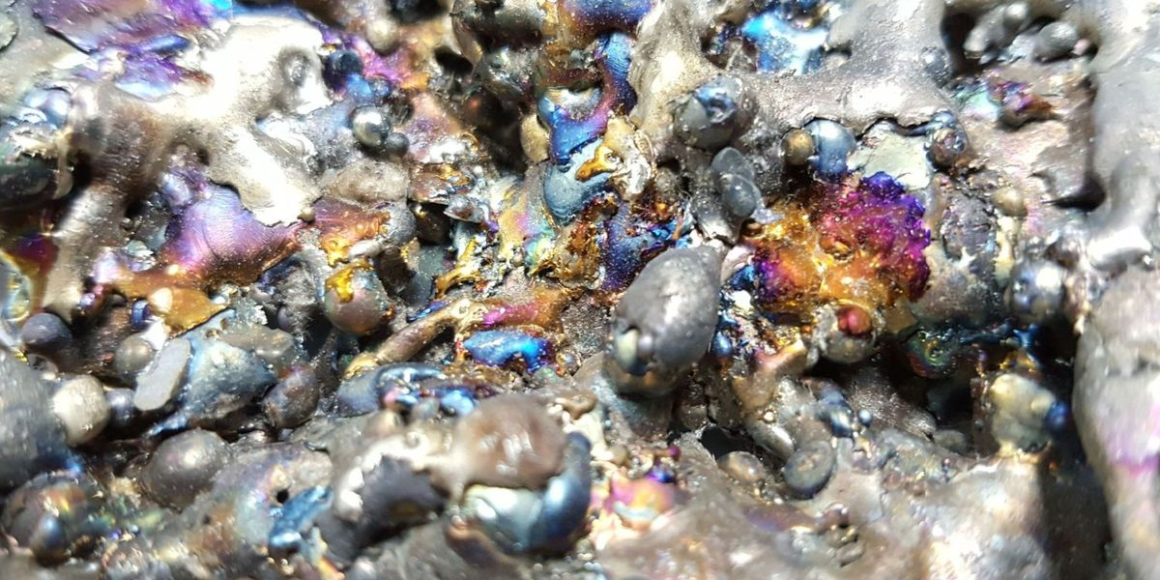The first quarter of the year saw the nickel price under threat from a market glut as Indonesian supply flooded the market, forcing western producers to begin cutting production amid low profitability.
March brought a great deal of volatility, with nickel breaking through the US$18,000 per metric ton (MT) mark; however, by April 1 the base metal had once again slumped, opening the second quarter at US$16,568.
As Q2 progressed, commodities saw broad gains and nickel hit a year-to-date high of US$21,615 on May 20.
After reaching that high point, nickel couldn’t find support and fell rapidly to close the second quarter at US$17,291. Since then, the price of nickel has continued to decline, approaching yearly lows of US$16,090 on July 30.
Joe Mazumdar, editor of Exploration Insights, suggested this move will have little impact on the sector.
“That nickel is still going to make it into the market, it’s just going to go to a different exchange, probably Shanghai … So I could still see that nickel moving and getting consumed in the global market — it’s just not coming to the west,” he explained to the Investing News Network in an interview.
The overhang in the nickel market caused producers to begin curtailing their production in the early part of the year. This trend continued into the second quarter as more producers started to slow output or shut mines altogether.
In its announcement, it cites oversupply in the global nickel market and indicates consensus that nickel prices will be lower over the next half-decade due to growth in alternative, low-cost supply. BHP said it would begin transitioning its operations starting immediately, with the full suspension being completed between October and December of this year. The company notes that the closure is temporary and said it will review its decision in February 2027.
Mazumdar explained that Indonesia has a competitive advantage, but as more operations begin to cut production it will start to eat into the market surplus, which will be a positive for the nickel market.
“They can’t compete on a cost basis with Indonesia, nobody can. So Indonesia continues to oversupply the market, and now there’s an overhang. What happens is once you get these production cuts, there’s less supply in the market and then that overhang will recede. That’s the best thing that can happen to the nickel market,” he said.
Mazumdar doesn’t think incentives like this will be enough to get new projects into the nickel space.
“The west can offer cheap loans to get people to build it, but they’re not going to make any money to pay back the loan no matter how cheap it is unless they give them a grant,” he said.
He explained that to get these projects off the ground, the nickel price would need to go higher to incentivize development, or governments would need to provide a guaranteed price to buy the nickel and build their own stockpiles.
Despite the nickel market’s oversupply, there is still high demand, much of it from China.
Total 2024 consumption is projected to fall to around 900 million MT, down from 933.4 million MT in 2023.
Additionally, demand for hybrid vehicles is expected to exceed demand for traditional internal combustion engine (ICE) cars. While batteries for hybrids aren’t as large, they still use more nickel than ICE vehicles.
While production cuts should bring the market more into balance, the nickel price is likely to be determined by supply coming from Indonesia and demand from Chinese steel and battery production.
Even though governments have created initiatives to stimulate western production, they’re not likely to have much ability to increase mining operations as long as nickel prices remain depressed.
Long-term predictions show nickel in the US$17,000 range for 2024, slowly improving to US$23,000 level in 2028.
Securities Disclosure: I, Dean Belder, hold no direct investment interest in any company mentioned in this article.
Editorial Disclosure: The Investing News Network does not guarantee the accuracy or thoroughness of the information reported in the interviews it conducts. The opinions expressed in these interviews do not reflect the opinions of the Investing News Network and do not constitute investment advice. All readers are encouraged to perform their own due diligence.


Leave a Reply